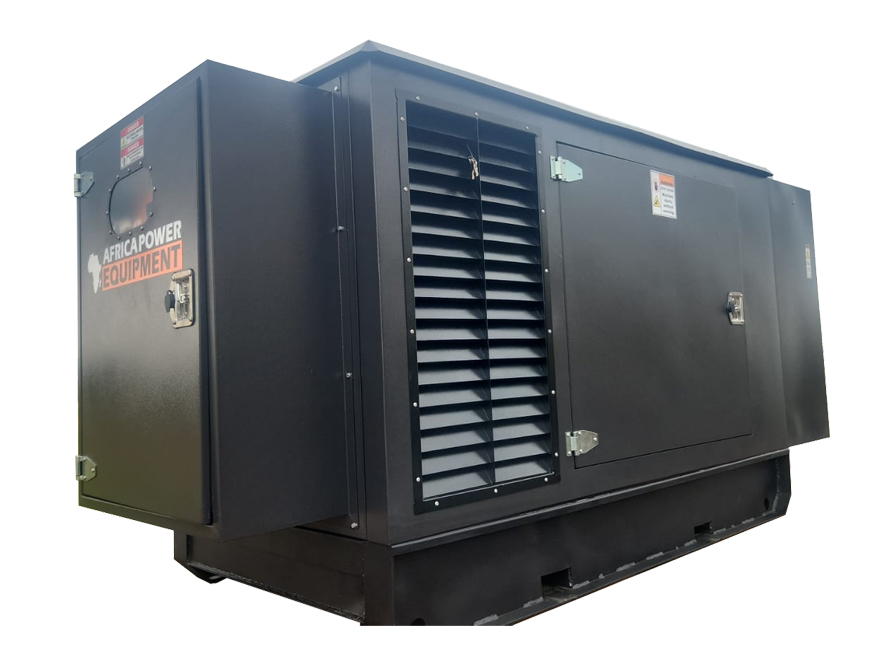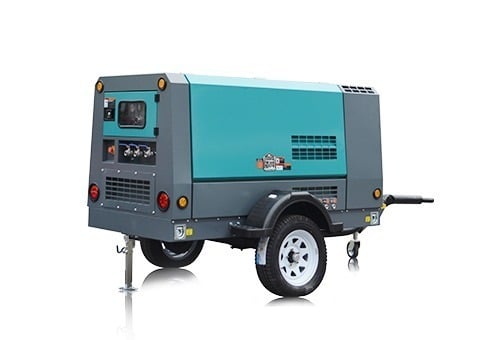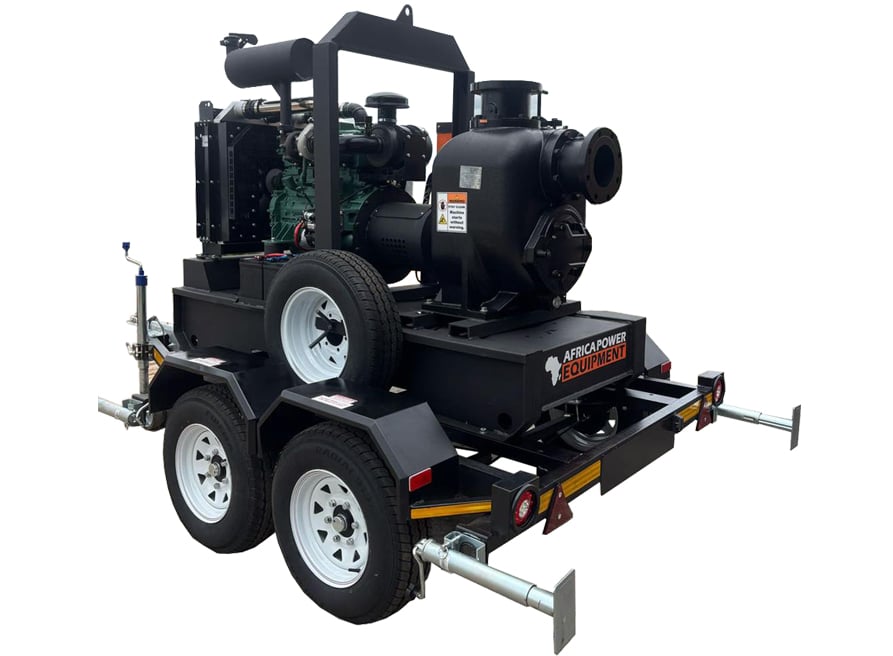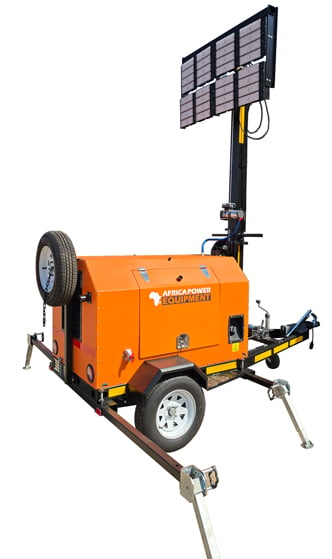Can Lighting Towers Be Used to Power Tools on Site?
Lighting towers are essential for illuminating work areas during night operations or in low-light environments. But can these towers also serve double-duty by powering tools and equipment? The short answer is yes—many modern lighting towers include built-in generators capable of powering additional loads. In this article, we explore how this works, what tools you can power, and what limitations you need to consider.
🔌 How Lighting Towers Generate Power
Most lighting towers are powered by diesel or hybrid generators that produce electricity to power their lights. Many models are equipped with auxiliary power outlets—often referred to as “power take-offs” or “aux ports”—that allow users to plug in tools, extension cords, or other electrical devices.
Key components include:
-
Built-in alternators: Convert engine power into usable electrical energy
-
AVR systems (Automatic Voltage Regulation): Maintain consistent voltage output
-
Multiple sockets: Provide access to 230V or 400V (single-phase or three-phase) power
🧰 What Tools Can You Power from a Lighting Tower?
Here’s a breakdown of commonly used tools that can be powered from a lighting tower generator, depending on its capacity:
| Tool/Equipment | Compatible? | Approx. Power Requirement |
|---|---|---|
| Angle grinder | ✅ Yes | 500–2000W |
| Drill (corded) | ✅ Yes | 600–1000W |
| Concrete mixer | ✅ Yes (low to mid size) | 1500–3000W |
| Jackhammer | ✅ Yes | 1000–2500W |
| Battery charger/power tool station | ✅ Yes | 300–1000W |
| Welding machine | ⚠️ Limited | 3000W+ (requires high-output tower) |
⚠️ Note: You must always check the lighting tower’s rated output (kVA or kW) before plugging in high-draw equipment.
⚠️ Limitations of Using Lighting Towers as Power Sources
While convenient, using a lighting tower to power tools does come with some caveats:
1. Power Capacity
-
Lighting towers are primarily designed to run lights. Overloading them with tools may trip breakers or damage components.
-
Most models offer 2–6 kVA of extra power; check the spec sheet carefully.
2. Voltage & Phase Compatibility
-
Make sure the tool’s voltage matches the tower’s output (usually 230V single-phase or 400V three-phase).
-
Using incorrect voltage can destroy tools or overload circuits.
3. Fuel Consumption
-
Running tools off the lighting tower increases load and fuel use.
-
For long shifts, you may need to refuel more often or have a backup unit.
4. Noise & Heat
-
Increased load can cause louder engine noise and more heat output, especially in compact models.
5. Safety Risks
-
Improperly grounded or overloaded systems pose a shock or fire hazard.
-
Always use RCD protection (residual current devices) and weatherproof connections.
🔍 Ideal Lighting Tower Features for Tool Power
If you plan to regularly power tools, choose a lighting tower with:
-
✅ High-output generator (≥6 kVA)
-
✅ Multiple power sockets (230V/400V)
-
✅ AVR system for voltage stability
-
✅ Circuit breakers and RCD protection
-
✅ Weatherproof housing for outdoor use
🔄 Real-World Use Cases
✅ Construction Sites
Powering grinders, drills, and battery charging stations while illuminating the site.
✅ Roadwork Projects
Powering compactors, paint sprayers, or directional signs while lighting the work area.
✅ Emergency Response
Used in disaster relief or outages to run chainsaws, lights, communications, and small power tools.
🔗 Related Articles
✅ Conclusion
Yes, lighting towers can power tools—but only within their rated limits. They’re especially useful for small-to-medium electrical tools during roadwork, construction, and field maintenance. If you need to run heavy-duty equipment, make sure your tower has the power capacity, correct voltage, and safety features to support it.
Looking for lighting towers with built-in tool power capability? Explore our range at PowerEquipment.co.za or speak to an expert today.





